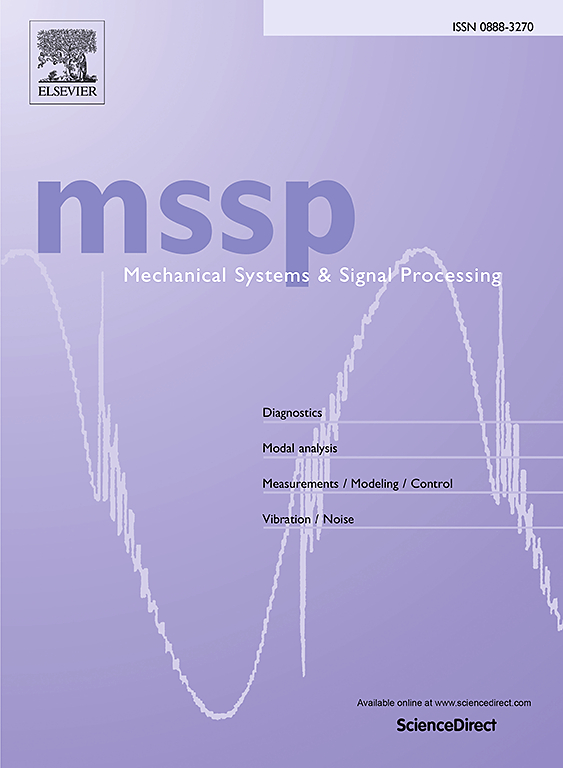An adaptive monitoring method for SMA wires by integrating dual resistance signals and machine learning
IF 7.9
1区 工程技术
Q1 ENGINEERING, MECHANICAL
引用次数: 0
Abstract
The state monitoring of shape memory alloy (SMA) wires is crucial for enhancing their intelligent actuation and sensing capabilities. However, existing methods face challenges such as temperature measurement difficulties, limited accuracy, and poor environmental adaptability. The dual-resistance monitoring approach, which integrates the electrical resistance signals of the SMA wire and the auxiliary temperature-sensing wire through a constitutive model, addresses these issues but remains constrained by strong parameter dependency, complex modeling, and limited predictive accuracy. This study proposes an innovative machine learning-based dual-resistance monitoring method, directly predicting the state of the SMA wire using neural networks without traditional equation-based modeling. Four neural network architectures are designed and compared to address key challenges, including long-term dependency modeling, bidirectional information capture, local feature extraction, and global attention allocation. Experimental results demonstrate that the proposed convolutional neural networks & bidirectional long short-term memory networks & self-attention mechanisms (CBLS) model achieves the best performance, with an average stress prediction error of 1.13% and an average strain prediction error of 0.46%. Moreover, it exhibits excellent robustness and adaptability under low strain rates and complex environmental conditions. This method provides a novel intelligent solution for high-precision, adaptive SMA wire monitoring, potentially accelerating its engineering applications and expanding its use in smart structures and advanced manufacturing.
基于双电阻信号和机器学习的SMA导线自适应监测方法
形状记忆合金(SMA)金属丝的状态监测是提高其智能驱动和感知能力的关键。然而,现有的方法面临着温度测量困难、精度有限、环境适应性差等挑战。双电阻监测方法通过本构模型集成了SMA导线和辅助感温导线的电阻信号,解决了这些问题,但仍然受到参数依赖性强、建模复杂和预测精度有限的限制。本研究提出了一种创新的基于机器学习的双电阻监测方法,利用神经网络直接预测SMA钢丝的状态,而无需传统的基于方程的建模。设计并比较了四种神经网络架构,以解决包括长期依赖建模、双向信息捕获、局部特征提取和全局注意力分配在内的关键挑战。实验结果表明,所提出的卷积神经网络具有较好的有效性。双向长短期记忆网络;自注意机制(CBLS)模型表现最好,平均应力预测误差为1.13%,平均应变预测误差为0.46%。在低应变率和复杂环境条件下,具有良好的鲁棒性和适应性。该方法为高精度、自适应SMA钢丝监测提供了一种新颖的智能解决方案,有可能加速其工程应用,并扩大其在智能结构和先进制造中的应用。
本文章由计算机程序翻译,如有差异,请以英文原文为准。
求助全文
约1分钟内获得全文
求助全文
来源期刊

Mechanical Systems and Signal Processing
工程技术-工程:机械
CiteScore
14.80
自引率
13.10%
发文量
1183
审稿时长
5.4 months
期刊介绍:
Journal Name: Mechanical Systems and Signal Processing (MSSP)
Interdisciplinary Focus:
Mechanical, Aerospace, and Civil Engineering
Purpose:Reporting scientific advancements of the highest quality
Arising from new techniques in sensing, instrumentation, signal processing, modelling, and control of dynamic systems
 求助内容:
求助内容: 应助结果提醒方式:
应助结果提醒方式:


